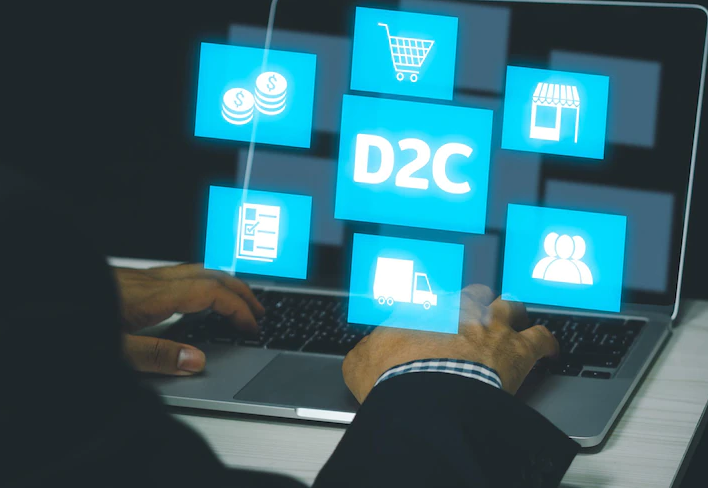
The ecommerce business is no exception when it comes to leveraging technology innovation. According to a KPMG report in India, there are over 800 successful D2C brands with a sector valuation of 44.6 billion dollars (as of 2021). By 2025 it is supposed to grow to over 100 billion dollars. After China and the US, in 2020, India had the third largest online shopper base of 177 million.
In the past decade, D2C (Direct-To-Consumer) sales have skyrocketed. During the pandemic, many consumers discovered the convenience of online activities as customers had time as well, and with shopping restricted to essentials on marketplaces, a lot of customers were open to exploring the world of D2C brands. Therefore these brands have further accelerated their growth.
If a business is growing then it is obvious that a lot of orders will be coming to it. So, What if any business has a slew of orders to fulfill, they need funding to source that inventory and ship to customers? So a business needs an alternative funding option to further accelerate its growth.
So an alternative funding option could be Revenue-Based Financing (RBF), which can help accelerate your business growth. RBF gives capital to start-ups or new businesses on the assumption that they will repay every month a certain percentage of their revenue. Repayment is done based on the higher you earn the higher you pay, and the lower you earn the lower you pay.
How is Revenue-Based Financing a Better Option?
Here’s a full round of benefits of revenue-based financing, which make it ideal for D2C brands. The benefits are as follows:
No Personal Guarantee Needed- Unlike banks, which demand personal guarantees or collateral for financing, RBF requires no collateral as collateral becomes crucial for startups that have the potential for rapid growth but need a cash injection. Business owners don’t need to put forward personal collateral against the loan, making it less risky than securing loans from banks.
Non-dilutive- RBF does not require selling any equity stake and as result entrepreneurs have full control over their businesses. They do not require relinquishing business controls, unlike venture capitalists.
Loan Repayments are Flexible- On the performance of your business, repayments are based. If you earn more revenue, you pay more and if you earn less revenue, you pay less. This means if you are a D2C business brand, you don’t need to worry about the slump in post-holiday sales. Fluctuating revenues are automatically adjusted as payments are the percentage of the revenue share. Businesses would pay the percentage of revenue generated in the lean months, relieving the revenue stress on the business.
Fast Funding- Within 24 hours startups can secure revenue-based financing. Meanwhile, banks may take 1 to 2 months to process the funds and VCs may take 4 to 6 months to process the funds.
How Can D2C ECommerce Brands Utilize These Funds?
Businesses tend to use the RBF for the following reasons:
Inventory expansion
Marketing and advertising spend
A new product line, or expansion into a market (nationally or internationally)
Capital expenditure spends
The great thing about the new-age players in the RBF space is that the capital options are customizable. If you want a platform that can provide a flexible, borrower-friendly loan agreement, check out VedFin profile, a fintech platform that offers revenue-based financing (RBF) to e-Commerce and online consumer business. They believe in your brand and its multifold potential.
